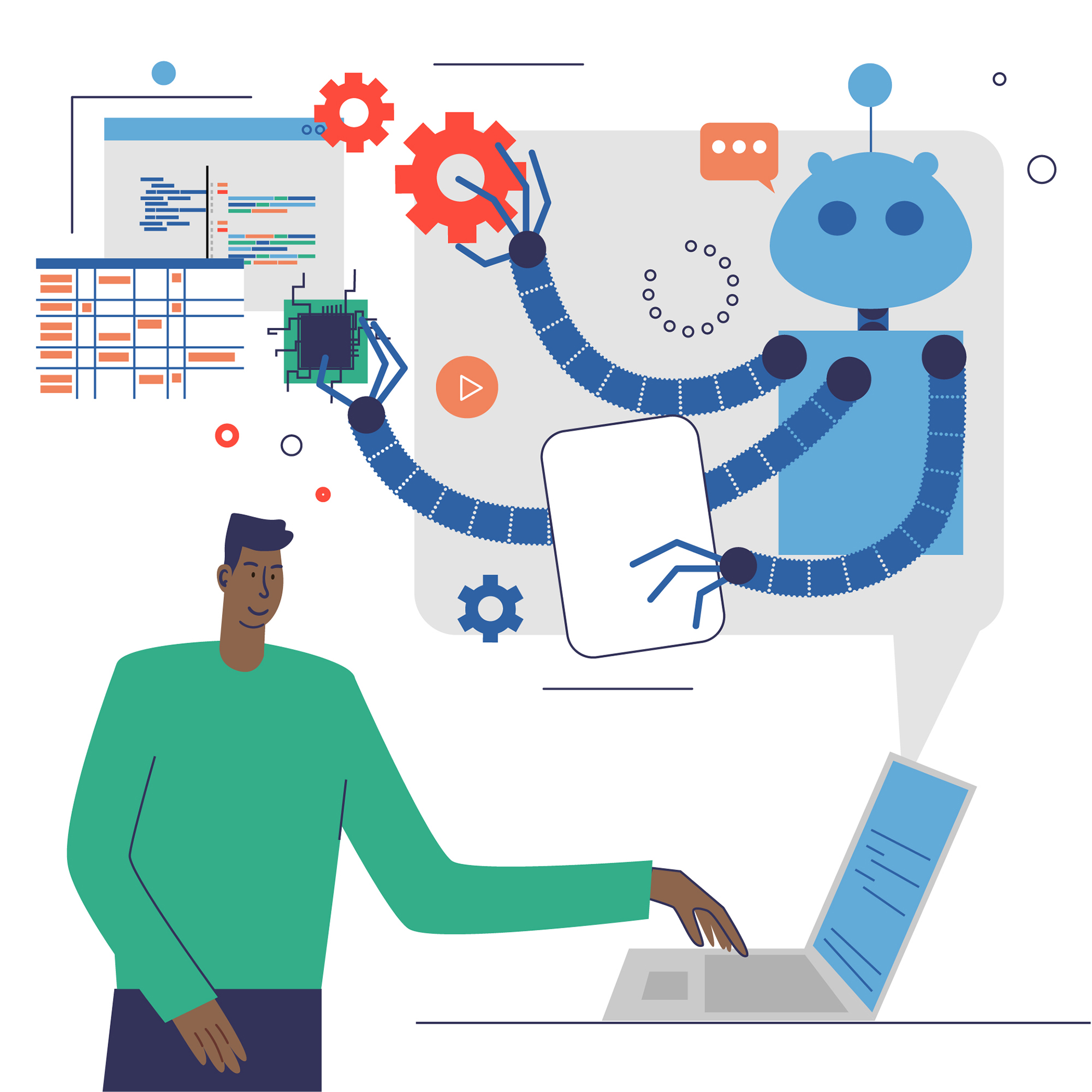Introduction
Machine learning (ML) has revolutionized the way we interact with technology. From small startups to large organizations, everyone is adopting ML and AI for their business and applications.
AI has the potential to create incredible value for enterprise organizations and leveraging ML should make life easier. From recommendation systems to self-driving cars, ML algorithms have enabled incredible feats of automation and prediction.
But in practice this is not child’s play. Many organizations are looking to deploy machine learning models, and challenges arise when attempting to maintain and sustain good performance.
Common challenges include bias and fairness, lack of context understanding, potential misuse and abuse, and integration with existing systems. These difficulties are often met with many solutions, including data augmentation, transfer learning, and much more.
With MLOps, still being a nascent field, it’s hard to find established best practices and model deployment examples.
In this article, therefore we will explore some of the common challenges, and provide solutions to the scenarios encountered.
Challenges and Solutions
Choosing the Right Production Requirements: One of the crucial decisions that you have to make while making your ML solution is to consider the data size, processing speed, and security considerations that will make it perform optimally in the production environment. For this you should make a diligent estimate of the expected volume of transactions, the computational resources available, and the level of accuracy required. It is also very useful to first run the project on a pilot basis and gather more details.
Simplifying the Process of Model Deployment: Developing and managing ML projects can be complex and time-consuming. It can require multiple steps – like model training, model deployment, and monitoring. To simplify the model deployment, the team can use tools and frameworks such as Kubeflow and MLflow. These include features such as automated model versioning and monitoring, which simplify the MLOps process.
Implementing Machine Learning Operations (MLOps): MLOps teams comprise of people having different priorities and workflows. These may include data scientists, software engineers, and IT operations, which makes it hard to maintain the MLOps organizational structure. For this companies should establish clear communication channels and workflows between the different teams.
Correlation of Model Development and Deployment Metrics: There is a difference between training model during development phase and performance in live phase. For this companies should validate their models in a production environment using techniques such as A/B testing or canary testing. This involves deploying the model to a small subset of users and comparing its performance to a control group.
Tooling and Infrastructure Bottlenecks: The tools needed for ML development are often extensive and present a bottleneck for continuous MLOps. For this one can use cloud-based platforms such as Amazon Web Services (AWS), Google Cloud Platform (GCP), or Microsoft Azure.
Dealing with Size and Scale before and after Deployment: Big and complex ML models can be hard to manage in development and production environments. The situation is further exacerbated when they are scaled to serve greater traffic. For this companies can use techniques such as model compression and distributed training. Pruning and quantization can segment the project into manageable sizes. Distributed training can help accelerate the training process for managing the scaling part.
Takeaways
The development of ML solutions present significant challenges, right from choosing the correct production requirements to dealing with model size and scale. From the stakeholder perspective, the most important feature of development is to build models that can be effectively deployed.
To overcome the entailing challenges, companies can use a variety of techniques and tools, including cloud-based platforms, MLOps frameworks, and validation techniques.
As Machine learning models are data-hungry – with increase in the size of training sets, the time needed to train a model also increases exponentially. So it needs to be handled properly.
This blog described many of the challenges that a development team could face and their potential solutions. Using these ideas and more, companies can craft a strategy and unlock the full potential of the exciting field of ML.
